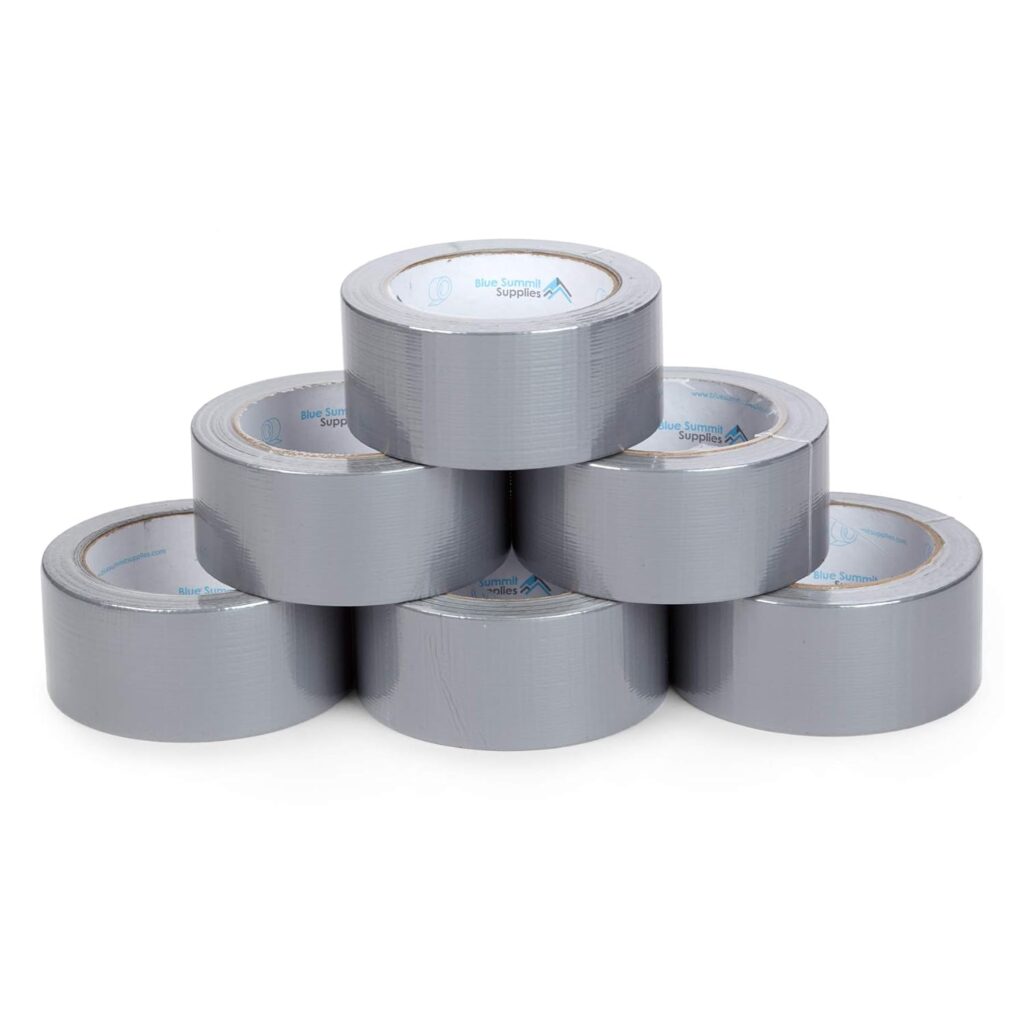
Welcome, fellow moth warriors, to our comprehensive guide on how to prevent and get rid of moths! In this extensive exploration, we’ll delve into the intricacies of moth prevention and elimination, presenting you with the top 10 strategies to banish moths from your home without resorting to those dreaded, smelly mothballs.
From the kitchen pantry to your beloved wardrobe, moths can wreak havoc on our belongings and peace of mind. But fear not! Our guide is here to equip you with a plethora of natural, odor-free solutions that will send moths packing for good.
Join us as we navigate through the maze of moth prevention, sharing invaluable insights and practical tips to safeguard your home and preserve your cherished possessions. From simple yet effective preventive measures to targeted elimination techniques, we leave no stone unturned in our quest for moth-free living.
Say farewell to the frustration of moth infestations and embrace a home environment that’s free from fluttering nuisances. Let’s embark on this enlightening journey together, armed with knowledge and determination, as we reclaim our spaces from the clutches of moths – all without the lingering scent of traditional mothballs!
Table of Contents
How to Prevent and Get Rid of Moths
Moth larvae exhibit a particular penchant for animal fibers such as silk, wool, cashmere, angora, or fur, as well as materials containing keratin. These natural fibers and substances serve as prime sources of nutrition for moth larvae, providing them with the sustenance they need to thrive and develop. Their attraction to these materials stems from the presence of keratin, a fibrous protein found abundantly in animal-derived fibers and materials. As a result, items crafted from these materials are especially vulnerable to moth infestations, making them targets for these persistent pests.
1. Cedarline Natural Cotton Canvas Zippered Sweater Bag
Made of heavy-duty material, they safeguard against dust, pests, and tearing. With attached inner loops, you can secure cedar panels inside the bag (cedarfresh inserts sold separately).While moths cannot penetrate cotton, they may attempt to do so before realizing it’s not wool. Thus, to safeguard valuable clothing, it’s advisable to store them in tightly sealed bags.
2. Natural Cotton Canvas Hanging Garment Bag
Keep your suits, shirts, and jackets protected with this reusable garment bag. Crafted from 60% Polyester and 40% Cotton, it ensures durability. The canvas backing allows air flow, protecting against dust and pests. The bag fits on any size hanger for convenient storage, while the full-length zipper ensures easy access. Dimensions: 42″H x 24″W.
3. Duct Tape
If your garment bags have a small gap near the hanger, we suggest using duct tape to seal them shut completely. Apply duct tape over the hole to ensure nothing can penetrate around the hanger area.
Lavender has garnered widespread popularity over the centuries for its ability to repel bugs. The terpene compounds found in lavender are thought to be effective in deterring moths. So, here are some Lavender products that can be useful in your homes.
4. LIFFLY Lavender Scented Sachets Bag with Hanger
Enjoy long-lasting fragrance for 4-6 months in closets, drawers, cars, and more.
5. Aucuda Lavender Sachets for Drawers and Closets
Handmade with care, these sachets add a touch of elegance to any space. Enjoy the soothing scent of lavender for a tranquil atmosphere.

6. HBNO Dutch Lavender Essential Oil
Using lavender oil can deter clothes moths. We recommend hand-washing vulnerable garments with a few drops of natural essential lavender oil.
7. Eucalan Lavender Fine Fabric Wash
This lavender-scented delicate wash from Eucalan works wonders on wool, silk, and other natural fibers.

8. Greenway Clothing Moth Traps
For an added layer of security add one pheromone trap in your closet to attract male adult moths and hinder their reproduction. Pheromone traps are sticky and non-toxic, entice and eliminate adult moths with the artificial scent of a mate. Moths detect pheromones from afar, so multiple traps may confuse them, causing fluttering







